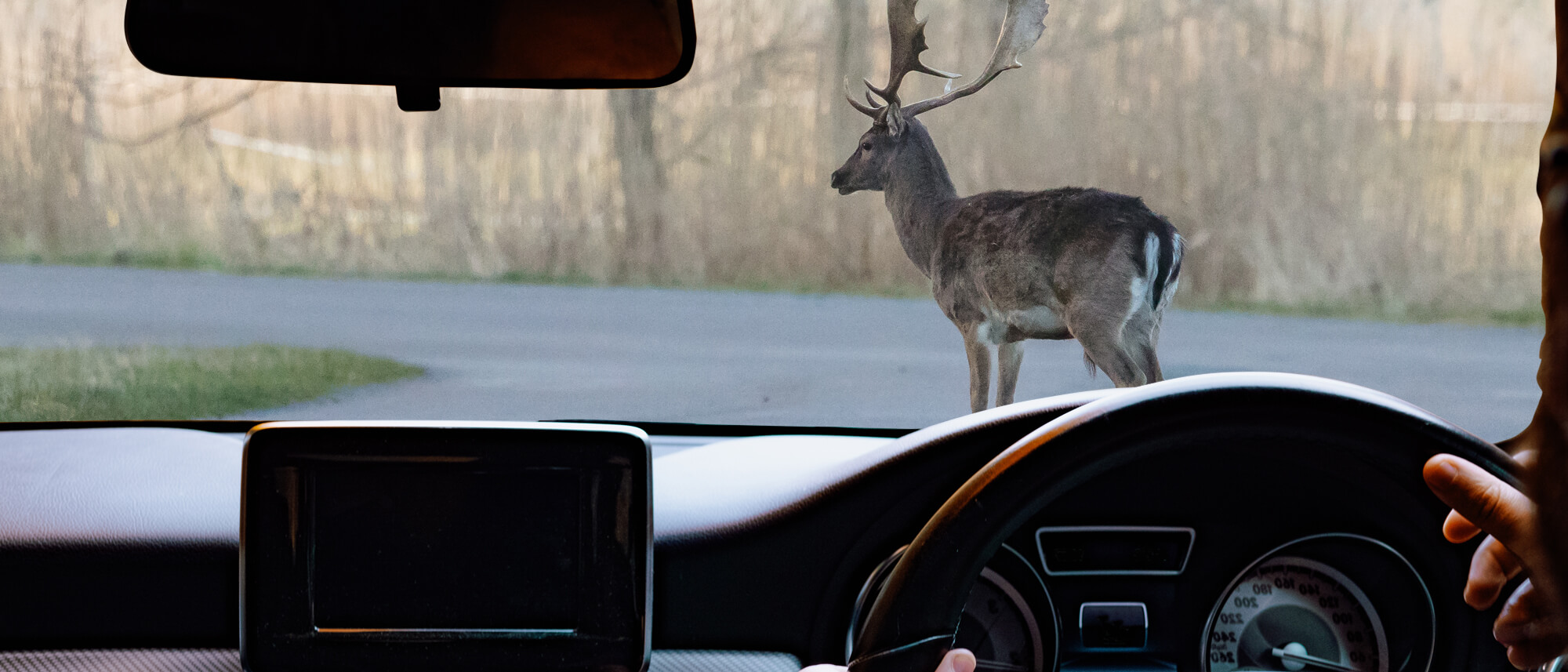How to safely complete an emergency stop
How to safely complete an emergency stop
Normally, a good driver will not need to carry out an emergency stop as they will be vigilant and anticipate potential danger that may develop around them, so hard braking becomes unnecessary.
However, emergencies do happen and you must be able to stop quickly, safely, and under control, without the risk of skidding when performing an emergency stop.
Quick reactions are essential!
Carrying out an emergency stop and ABS brakes
ABS brakes help to stop the wheels locking up and causing a skid.
Cars often come with ABS brakes as standard, however, older vehicles have to use a slightly different method of braking, called Cadence Braking. This requires you to pump the brake, to prevent the wheels locking up.
ABS is a computerised sensor system that detects when the brakes are about to lock-up, momentarily releasing the brakes, before automatically reapplying them many times a second, until the car stops. The system only activates in harsh braking situations and does not necessarily shorten stopping distances.
ABS allows you to steer, which is something that you cannot do when the wheels are locked. ABS is not a cure-all, however!
It cannot overcome bad driving techniques, problems of poor contact with the road due to badly worn springs, surface water, loose road surfaces, badly worn tyres, or driving too fast for the road, traffic, and weather conditions.
ABS adds to your skills but does not replace them.
You must not use the parking brake to help you stop. It works only on the rear wheels and can lead to skidding if applied incorrectly.
Completing the emergency stop on the Practical Driving Test
On your practical driving test you may be asked to complete an emergency stop. If so, to simulate an emergency, your examiner will raise his/her hand and call out STOP.
Follow these steps below to ensure you stop safely:
- When completing the emergency stop manoeuvre on the driving test there is no time to look in mirrors. A good driver will keep a lookout and get regular updates on what’s behind.
- Do not signal, you need both hands on the steering wheel for maximum control. Your seatbelt should keep you in your seat, and your hands on the wheel will help to brace you.
- Squeeze the brake pedal firmly and fully to stop the vehicle as quickly and as safely as possible. It is preferable to use the clutch to stop the engine stalling or cutting out. In a real emergency situation, this will save time if you have to move on quickly.
- Once you have come to a stop during your emergency stop manoeuvre, and if there is no more danger, apply the handbrake, and select neutral. The examiner might say something like, “thank you, I won’t be asking you to do that again, drive on when you are ready.” If the engine has stalled, simply restart it and continue.
- If you stopped in the middle of the street before you move off again. Take a good look around using all the mirrors and windows, and check both left and right-hand blind spots, making sure there are no bicycles or other road users passing you.
In case of a real road accident, there may be dazed, hurt or frightened people about, so always take great care when moving off.

